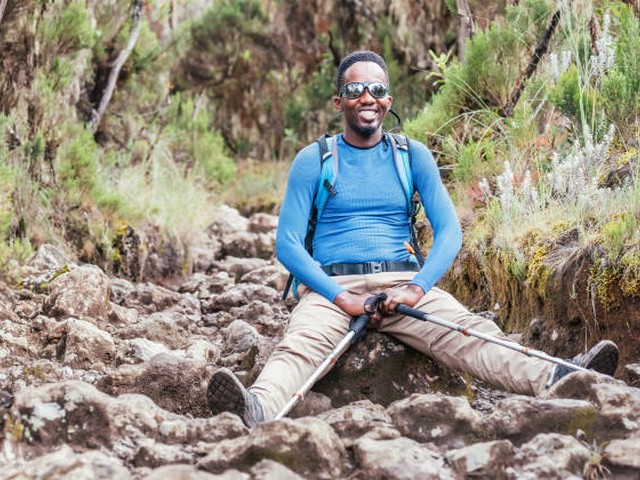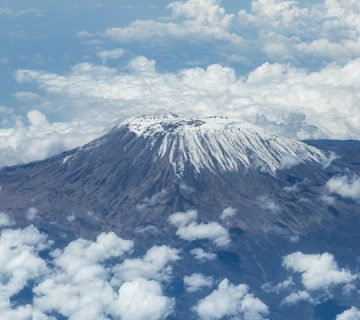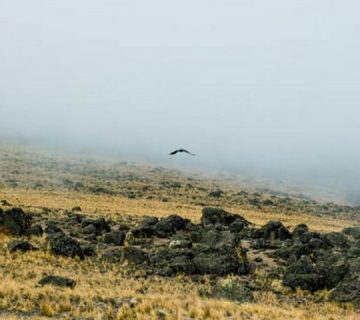How To Pack Light For Kilimanjaro Trekking: Essential Tips and Strategies
Introduction: Embrace the Climb with Minimal Burden
Trekking Mount Kilimanjaro, the roof of Africa, is not just an adventure; it’s a spiritual awakening. While the excitement of reaching Uhuru Peak is unparalleled, how you get there matters just as much. Carrying a heavy backpack can turn this exhilarating journey into a grueling ordeal. That’s why packing light is not merely a convenience—it’s a necessity. At Kilimanjaro Centre for Trekking and Ecotourism (KCTE), we’re devoted to making your climb as enjoyable and manageable as possible. In this guide, we’ll show you how to pack smartly and lightly, ensuring your journey to the summit is filled with awe, not just effort.
Why Pack Light for Kilimanjaro?
Benefits of Light Packing
Packing light for Kilimanjaro has several practical and physical advantages. A lighter pack means:
- Less Fatigue: Less weight to carry equals less energy expended, keeping you fresher for longer.
- Increased Mobility: Navigate the varying terrains from rainforest to alpine desert with ease.
- Faster Recovery: Reduce the strain on your muscles and joints, aiding quicker recovery each day.
Embrace the minimalist approach, and you’ll find that every step towards the summit becomes a tad easier.
Essential Gear: What You Truly Need for the Trek
Core Trekking Gear
- Backpack: Opt for a durable, water-resistant backpack with a capacity of around 40-50 liters. It must have comfortable straps and a good waist belt to distribute weight evenly.
- Sleeping Bag: A lightweight, compressible sleeping bag rated for temperatures as low as -10°C is essential for the chilly nights.
- Footwear: Waterproof, broken-in trekking boots are a must, paired with breathable, moisture-wicking socks.
Clothing: Layer Smart
- Base Layers: Go for moisture-wicking fabrics that keep you dry and comfortable.
- Insulation Layer: A lightweight fleece or down jacket that packs small is ideal for the cold.
- Outer Layer: A waterproof and windproof jacket and pants are crucial for protection against the elements.
Personal Items and Accessories
- Sunglasses and Sunscreen: Protect against UV rays, especially in the alpine zones.
- Headlamp: Essential for early morning summit attempts and nightly camp activities.
- Water Bottles/Hydration System: Staying hydrated is key, so carry at least 3 liters of water capacity.
Packing Techniques: Maximize Space and Efficiency
Roll and Compress
Rolling your clothes instead of folding them can save space and prevent wrinkles. Use compression sacks for items like sleeping bags and down jackets to minimize their volume.
Use Packing Cubes
Packing cubes can help organize your gear and make it easy to find items quickly without unpacking your entire bag.
Multi-Use Items
Choose gear that can serve multiple purposes. For example, a buff can be used as a neck gaiter, headband, or beanie. Trekking poles can double up as tent supports.
Lightweight Alternatives: Smart Swaps
Swap Books for E-Readers
Instead of carrying heavy guidebooks or novels, download them on a lightweight e-reader or smartphone app.
Choose Trail Snacks Wisely
Opt for high-calorie, lightweight snacks like dried fruits, nuts, and energy bars. These provide the necessary energy without the weight of traditional snacks.
Preparing Your Mind: The Psychological Aspect of Light Packing
Packing light also involves a psychological preparation. Trust that you have what you need and resist the urge to pack for every scenario. Remember, every extra item you pack carries the weight of worry—not just physical burden.
Conclusion: Ready to Conquer Kilimanjaro?
Packing light for your Kilimanjaro trek is both a practical strategy and a metaphor for the journey itself—carry only what you need, and leave the rest behind. At Kilimanjaro Centre for Trekking and Ecotourism (KCTE), we are dedicated to helping you make the most of your climb. With experienced guides, porter support, and expert advice, we ensure that your trek to the summit is as rewarding as it is memorable.
Are you ready to embark on this life-changing adventure with minimal weight and maximum exhilaration? Book your Kilimanjaro climbing expedition with us today, and step lightly towards the roof of Africa.
FAQ Section
Q1: How much should my backpack weigh when packed?
A1: Ideally, your backpack should not exceed 15% of your body weight. For most climbers, this means keeping your pack under 12 kilograms.
Q2: What should I definitely not pack for Kilimanjaro?
A2: Avoid heavy jeans, unnecessary gadgets, and excess toiletries. Focus on essentials that serve your basic needs and safety.
Q3: Is it better to rent some gear locally?
A3: Renting gear like sleeping bags and trekking poles locally can save weight on your flight and support local businesses. KCTE offers high-quality rental options.
Q4: Can I recharge electronic devices during the trek?
A4: Electricity is scarce on the mountain. Consider bringing a solar charger or extra batteries for essential devices.
Q5: How do I handle medication and first aid?
A5: Bring only the required medication and a basic first aid kit. Let your guide know about any medical needs. At KCTE, your health and safety are our top priorities.
Embark on your journey with confidence and let us handle the details. The peaks await, and so does the adventure of a lifetime with Kilimanjaro Centre for Trekking and Ecotourism (KCTE). Join us, and experience the thrill of Kilimanjaro with every light step you take.




